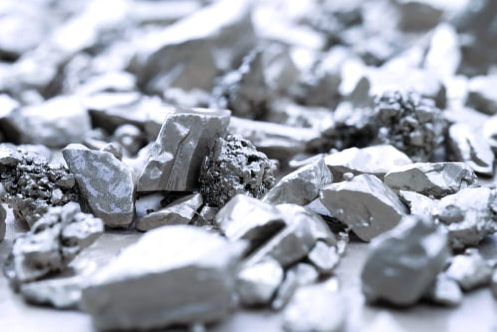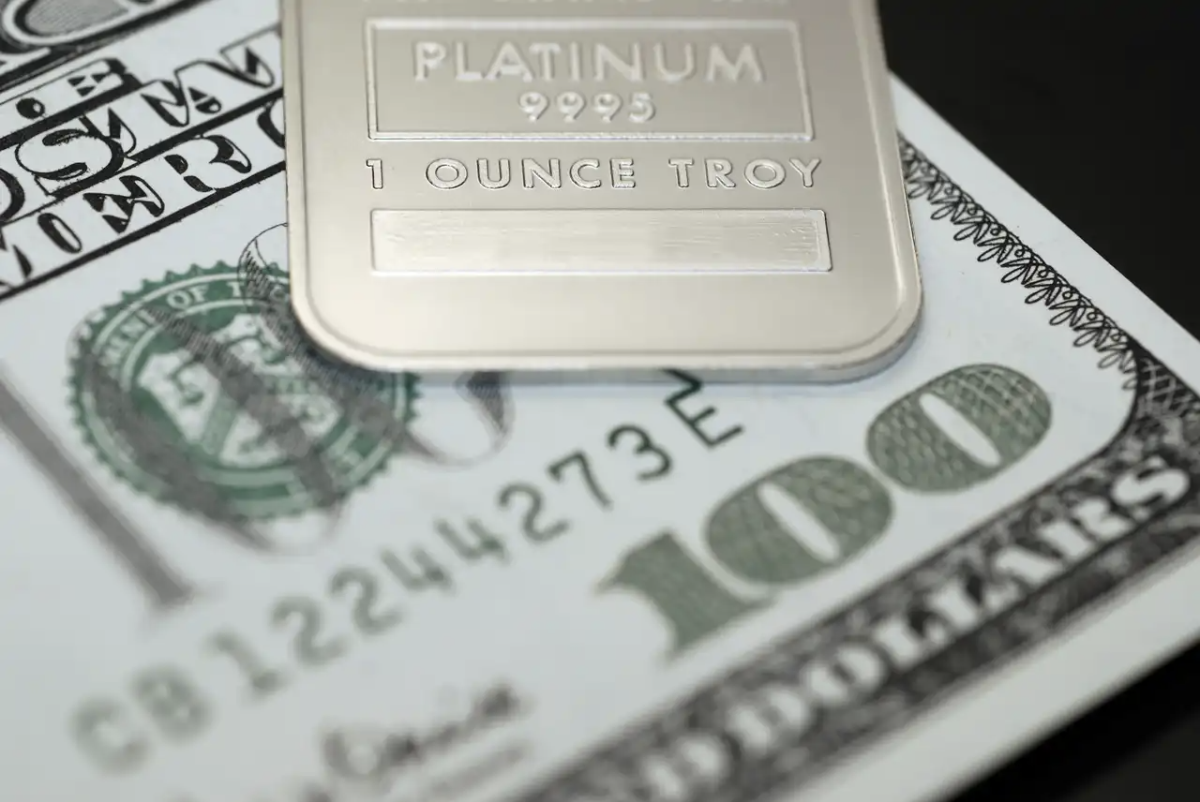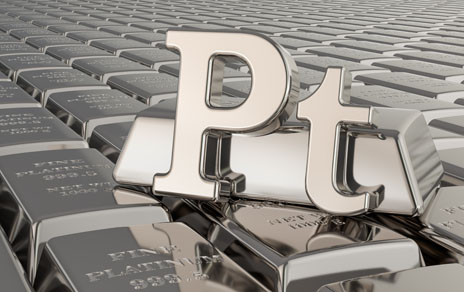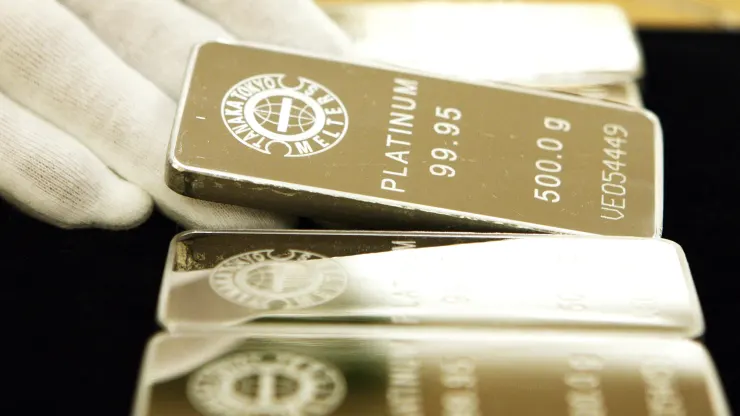KITCO: Platinum should enjoy strong industrial demand growth even as prices rise significantly - WPIC

Platinum’s key role in decarbonization and electrification technologies means the growth in industrial demand for the precious metal should remain strong during the global energy transition, and it should continue even if prices spike due to constrained supply, according to a new report from World Platinum Investment Council (WPIC).
“Platinum chemical demand from 2013 to 2023f has grown at a 3.4% CAGR, higher than global GDP growth of 2.7% CAGR over the same period, suggesting increased appreciation for platinum’s role in improving process efficiency with lower energy use and higher yields,” wrote WPIC researchers in the latest Platinum Essentials report. “Looking ahead and including a cautious economic overlay, we project 1% growth in platinum chemical demand between 2022 and 2027f. However, based on historic correlations with growth in chemical manufacturing capacity, we estimate that platinum chemical demand could be c.100 koz higher in 2027f than in our current forecasts.”
The WPIC said that industrial platinum demand is driven by its diverse applications in the chemical, petroleum, electrical, glass and medical sectors. “However, the growing appreciation of platinum’s catalytic properties, which enhance process efficiency with lower energy use and increase yields, has underpinned industrial platinum demand growth of 4.0% CAGR between 2013 to 2022, ahead of global GDP of 2.7% over the same period.”

The researchers said that even though platinum prices have decreased since 2013, the increasing industrial demand for the metal is not strongly correlated to changes in the platinum price. “Platinum catalysts’ yield and energy efficiency benefits in industrial applications, therefore, must outweigh price considerations as changes in industrial platinum demand and the platinum price have been modestly positively correlated since 2000 (R2 of 0.49), suggesting inelastic demand,” they said. “Industrial platinum demand has a greater correlation to global GDP (R2 of 0.56) than to platinum prices.” This means that platinum “is relatively less exposed to industry-specific risks.”
According to WPIC, the high prices of palladium and rhodium have also incentivized substitution for platinum in industrial applications. “Platinum industrial demand growth of 4.0% CAGR since 2013 stands in sharp contrast to declining industrial demand for both palladium (-2.8% CAGR) and rhodium (-4.1% CAGR),” they wrote. “The trend of switching to platinum and thrifting of palladium and rhodium became more prevalent with price. Platinum industrial demand has been sustainably higher than palladium industrial demand since 2018, which was a year after platinum prices began trading at a discount to palladium prices.”

The steady increase in demand for platinum for chemical applications faces two potential headwinds, according to the researchers: rising interest rates and reverse substitution.
“Whilst economic uncertainty may be overlooked in long-term capacity investment decisions, the rise in interest rates since early 2022 may weigh on return projections and cause a slowing of chemical capacity growth capex,” they said, but point out that central banks are expected to begin reducing interest rates as inflation reverts to target ranges beginning next year.
“Should borrowing costs be reduced from current levels, we expect growth investments in the petrochemicals sector could normalize,” they wrote.
The other possible headwind is the potential shift away from platinum and back to palladium and rhodium for industrial applications.
“Price differences between platinum and palladium incentivize substitution of platinum for palladium in gasoline internal combustion engines,” they said. “Sustained platinum deficits and a closing of the pricing differential with palladium could incentivize reverse substitution, causing industrial platinum users to explore increased use of palladium or rhodium.”
However, given that the automotive sector “accounts for only 37% of platinum’s demand over the past five years compared to 82% of palladium and 85% of rhodium demand,” WPIC believes that platinum’s demand diversity “better insulates the metal from drivetrain electrification risks” and other external factors compared to its competition.
“Given the correlation between platinum chemical demand, chemical capacity additions and installed capacity, we estimate that platinum chemical demand could add an incremental ~100 koz by 2027 if chemical demand growth matches third-party projections,” they concluded. “This would accentuate our forecasts for platinum supply deficits.”

“We note that our current two to five-year platinum supply/demand outlook assumes platinum chemical demand of 693 koz in 2027f, which is less than the average demand over the past three years of 716 koz.”
.png?width=2000&height=880&name=800-719-7408%20(1).png)


